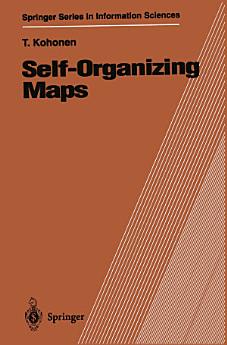Self-Organizing Maps
Dec 2012 · Springer Science & Business Media
4.0star
2 reviewsreport
Ebook
362
Pages
reportRatings and reviews aren’t verified Learn More
About this ebook
The book we have at hand is the fourth monograph I wrote for Springer Verlag. The previous one named "Self-Organization and Associative Mem ory" (Springer Series in Information Sciences, Volume 8) came out in 1984. Since then the self-organizing neural-network algorithms called SOM and LVQ have become very popular, as can be seen from the many works re viewed in Chap. 9. The new results obtained in the past ten years or so have warranted a new monograph. Over these years I have also answered lots of questions; they have influenced the contents of the present book. I hope it would be of some interest and help to the readers if I now first very briefly describe the various phases that led to my present SOM research, and the reasons underlying each new step. I became interested in neural networks around 1960, but could not in terrupt my graduate studies in physics. After I was appointed Professor of Electronics in 1965, it still took some years to organize teaching at the uni versity. In 1968 - 69 I was on leave at the University of Washington, and D. Gabor had just published his convolution-correlation model of autoasso ciative memory. I noticed immediately that there was something not quite right about it: the capacity was very poor and the inherent noise and crosstalk were intolerable. In 1970 I therefore sugge~ted the auto associative correlation matrix memory model, at the same time as J.A. Anderson and K. Nakano.
Ratings and reviews
4.0
2 reviews
Rate this ebook
Tell us what you think.
Reading information
Smartphones and tablets
Install the Google Play Books app for Android and iPad/iPhone. It syncs automatically with your account and allows you to read online or offline wherever you are.
Laptops and computers
You can listen to audiobooks purchased on Google Play using your computer's web browser.
eReaders and other devices
To read on e-ink devices like Kobo eReaders, you'll need to download a file and transfer it to your device. Follow the detailed Help Center instructions to transfer the files to supported eReaders.







